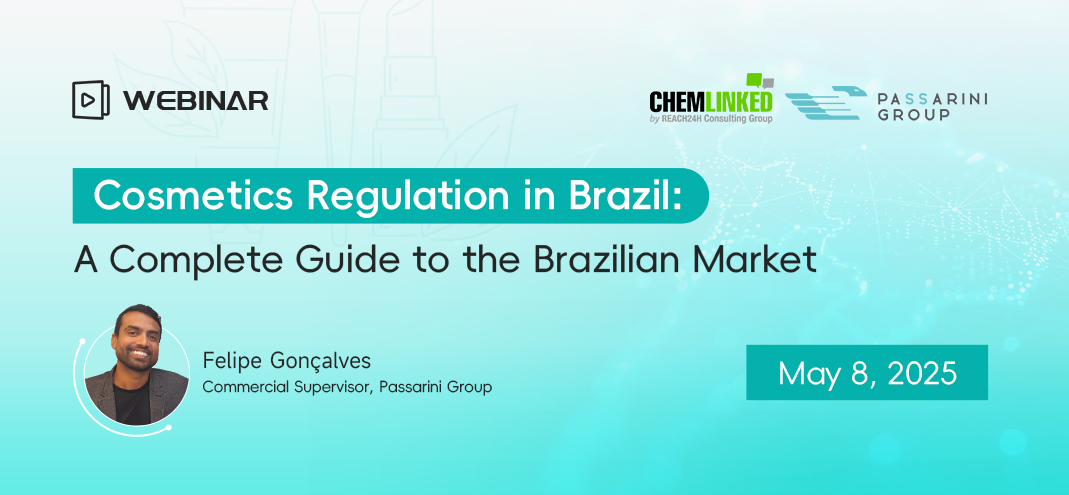Aspiration Hazard and Hazard to the Ozone Layer to be Incorporated into China GHS
The drafts of 27 national standards, including the revised 26 GBs and a new GB concerning “aspiration hazard” will be released for public comments in the near future while another GB for “hazard to the ozone layer” is still under formulation, which is expected to be available in 2014.
Apart from new progress of China GHS, the official illustrated some recent developments of UN GHS, which also provide direction for development of China GHS:
- A new section about “desensitized explosives” is decided to be added since the risk of the transport of those substances can be dramatically reduced by proper packages;
- A chapter of hazards of dust explosion is also under consideration;
- Experts are designing label templates for small packages. This part may be reflected in the UN GHS or introduced separately as a guidance document;
- In terms of the inconsistent criteria for corrosive substances in the UN GHS and Model Regulations, the next step would be to redefine the corrosives in Model Regulations according to its counterpart in the UN GHS.
Nevertheless, it was said that the classification of nano materials may be incorporated in to UN GHS due to their widespread use. However, China at present is not likely to follow the pattern because of inadequate testing capability.
The insufficient testing ability is a main factor that restrains implementation of China GHS, which leads to the difficulty in obtaining data of hazardous properties, such as toxicological properties, of most chemicals. Currently, many chemicals have not been successfully classified and hazard communicated. Among the existing 45,000 chemicals in China, only 4,700 substances are successfully classified and managed as hazardous chemicals now. Besides, China lacks experts with rich experience in the hazard classification of chemicals and professional review of the classification.
Efforts have been made to deal with the current problems, apart from the 28 national standards revised to facilitate the hazard classification and communication of chemicals, China GHS Expert Committee has been established, which are responsible for formulating or updating GHS regulations and providing GHS training for officials and companies involved.
In addition, the “catalogue of hazardous chemicals” (2002) is under amendment and will be released in several batches. According to Mr. Guo Zongzhou from the NRCC, there would be over 7,000 hazardous chemicals in the updated list. The first batch is expected to be published at the beginning of 2013 with more than 4,000 substances, while the classification information will be released separately later.
Please note this article is from Chemlinked, you may visit www.chemlinked.com for further information.


